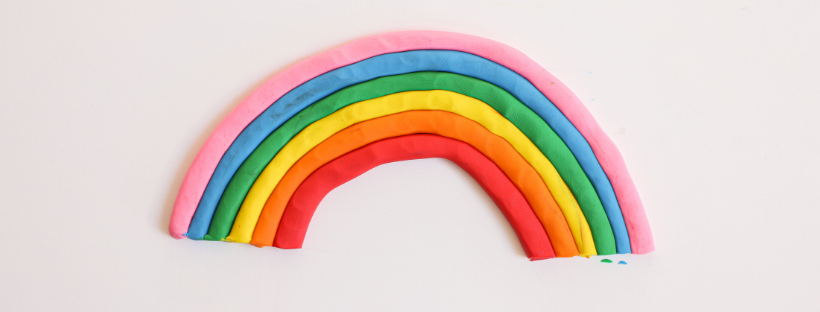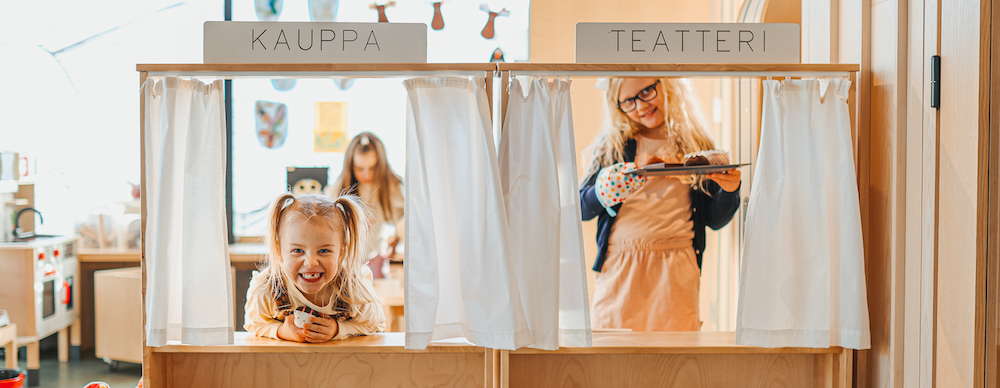In the blog on April 4th, we discussed the purpose and structure of a curriculum. Now it is time to take a look at all the learning areas one by one. The first one is Rich World of Languages! In this post, you will find out why this learning area is important for children's development and what learning objectives are included in this learning area.
As a surprise gift, you will get one free lesson plan that includes an activity based on experimental learning. The activity is planned by Kindiedays lesson plan expert Stella Giota to match this learning area's objectives.
Children learn more and more about language all the time, but at the same time, it is also a vital tool for interaction, self-expression, and participation. Even when the language is not yet fully developed, children can interact in many other ways! The most important skills for linguistic development are interaction, understanding, speaking, extending vocabulary, and using language.

The purpose of early childhood education is to strengthen children’s language skills by offering interesting activities related to the theme. Educators should give positive, encouraging feedback to children about their language skills (and for trying) regularly.
.png)



